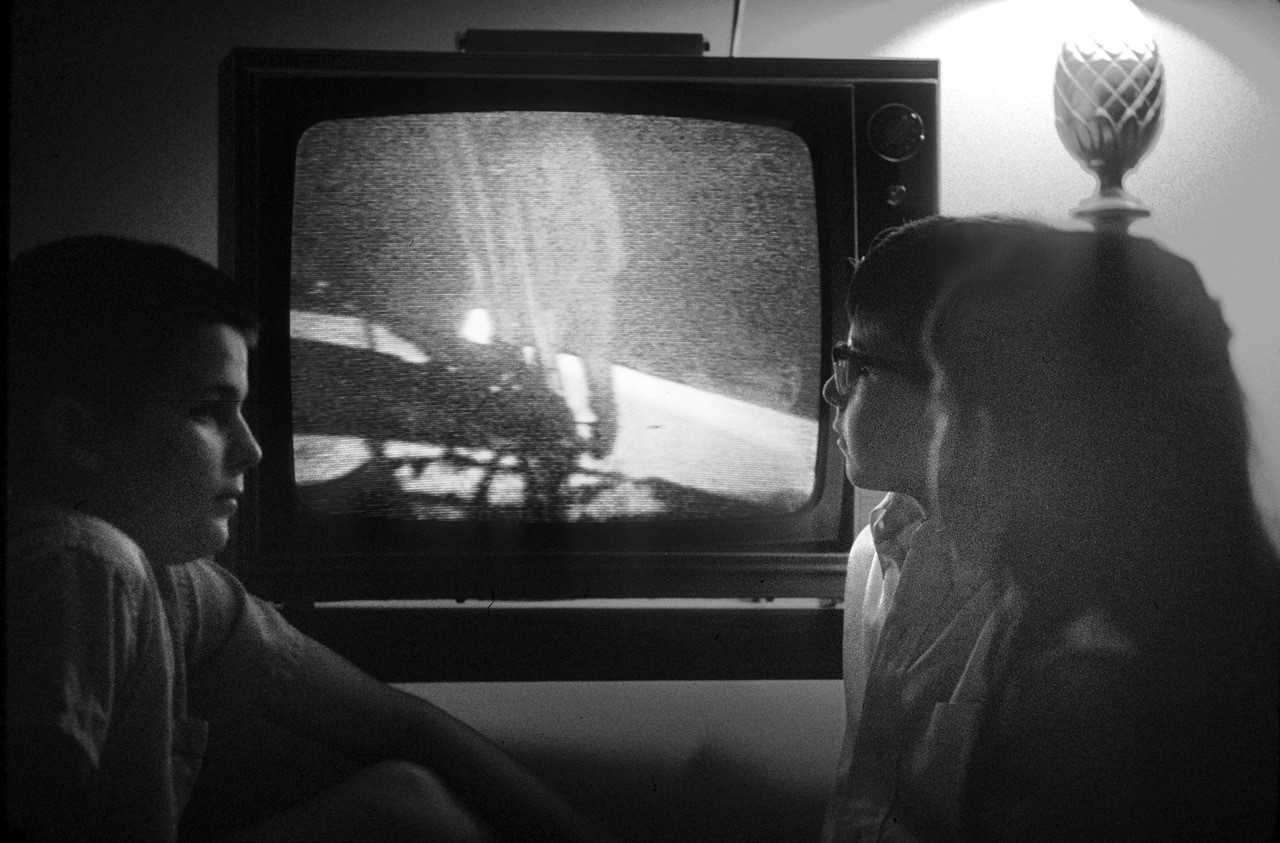Selected Topics in Architecture: Recognizing Facts on the Ground

Fig 1. Children watch as the US NASA Astronaut Corps Commander Neil Armstrong steps onto the moon during Apollo Program Mission 11 (1969). (Kevin Dettmar, 1969, photograph, NG Image Collection / Alamy, http://www.alamy.com/).
ARC3710H S
Instructor: Lukas Pauer
Meeting Section: L0101
Friday, 9:00AM - 12:00PM
This course, through the format of a study group, will support investigations on space and power by collectively reading and processing current affairs with a particular focus on the visualization, materialization, and spatialization of international relations and global politics. Not unlike a reading or writing group that meets to discuss readings or writings, we will meet to study the news. Through a series of discussion-followed presentations and student projects we will collectively develop a better understanding of current affairs to make sense of presently unfolding events that require urgency as well as to acquire tools and models for students to read how power has been written into the built environment.
There is a lack of general understanding of imperial-colonial violence as a pervasive and ongoing reality around the world. Not to recognize the workings of this violence around us is a risk. Although recent scholarship alludes to a relationship between space and power as well as the various ways in which power has configured space, many people seeking to participate in the political life of their community still lack the vocabulary to describe how authority over people and land is manifested through seemingly minor or banal practices of the everyday. We have come up with diplomatic doctrines to respond to soft power. We have military doctrines to deal with hard power. However, policy-makers lack appropriate tools and models that aid the recognition of more hybrid kinds of non-verbal visual, material, and spatial interventions. These come above the line of what is commonly understood as diplomacy but below the line of warfare. Within this gray zone, recent practices have instrumentalized many different types of built objects such as memorials, power stations, lighthouses, and prescreening facilities to project power. Such objects capitalize on their ambiguity. They seem to be neither diplomatic nor military in function, which renders their instrumentalization plausibly deniable. A lack of understanding how any object may be instrumentalized for political purposes limits people's ability and responsibility to contribute to political decisions about the built environment.
At the beginning of the course, the students will be able to choose from a range of case studies and/or we will be collectively looking for them. Each of these examples will then be reconstructed and represented analytically and visually with historical or contemporary materials at predefined scales drawn by the students themselves, as drawings such as plans and maps can offer accuracy that a purely text-based description cannot provide. The interim findings of this research will be presented, discussed, and further developed in several joint meetings and forums. At the end of the course, the resulting research will be merged into a written as well as drawn contribution in group and individual work. The resulting work, in its entirety, will form a visual compendium of cases and types of strategies. In addition to an interest in how power has been written into the built environment as well as a curiosity for new approaches to research, a willingness to put a lot of effort into drawing as means of inquiry will be expected.
The first in a series, this course is part of a major research project by the Vertical Geopolitics Lab, which will examine a large number of cases over the course of several terms.

